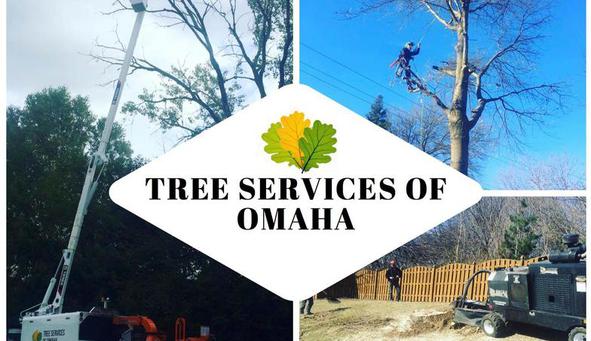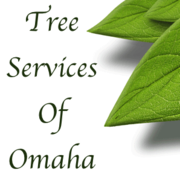Tree Services of Omaha - Omaha, Nebraska
Oak Trees - Trees of Nebraska
by David Steg on 10/01/14
Choosing trees for a home landscape can be a confusing and frustrating chore. Trying to find a tree that will grow well given the soil and moisture conditions in a home landscape, plus be free of serious disease and insect problems can seem like a hunt for the Holy Grail. Despite this perception there are many trees that grow well in Nebraska.
Swamp white oak and Red oak are two trees worth consideration, though they are often discounted as too slow growing to be of use in the home landscape. As a group, oaks are very strong-wooded trees, seldom dropping branches in storms. This is a very important characteristic, especially in trees planted close to the house. Other faster growing trees like Silver Maple have often been used for quick shade in the past, however, as the tree ages it increasingly becomes a hazard as branch after branch falls during storms.
Swamp white oak, Quercus bicolor, becomes a broad, rounded tree with age, reaching 40-50 feet tall at maturity. The leaves are broad, with rounded lobes and are a burnished, dark green above and grayish-green below. This tree is often found in the wild growing in wet, low lying, swampy areas along stream banks or in bottomland areas. It tolerates wet conditions and continues to thrive. Strangely enough, this tree is also very drought resistant and performs well on hard, compacted soils. It is seldom troubled with insect or disease problems.
Red oak or Northern Red oak, Quercus rubra, is a large tree with a rounded crown at maturity, reaching 60-67 feet tall. Young Red oak trees in moist, well-drained soil have been found to grow two feet per year in studies conducted in Wichita, KS. The leaves are pinkish to reddish when unfolding, become lustrous green in summer and change to brown-red or bright red in fall. Red oak transplants easily and prefers well-drained, sandy loam soils. Iron chlorosis can be a problem in alkaline soils. Red oak is a very high quality, fast growing oak tree that is basically free of pest problems.
Avoid planting Pin oak, Quercus palustris. Too often this tree, which prefers acidic, moist, well-drained soil performs poorly in Nebraska's alkaline, heavy clay soils. Iron chlorosis is the nearly inevitable problem, and can be expensive for homeowners to treat each year.



